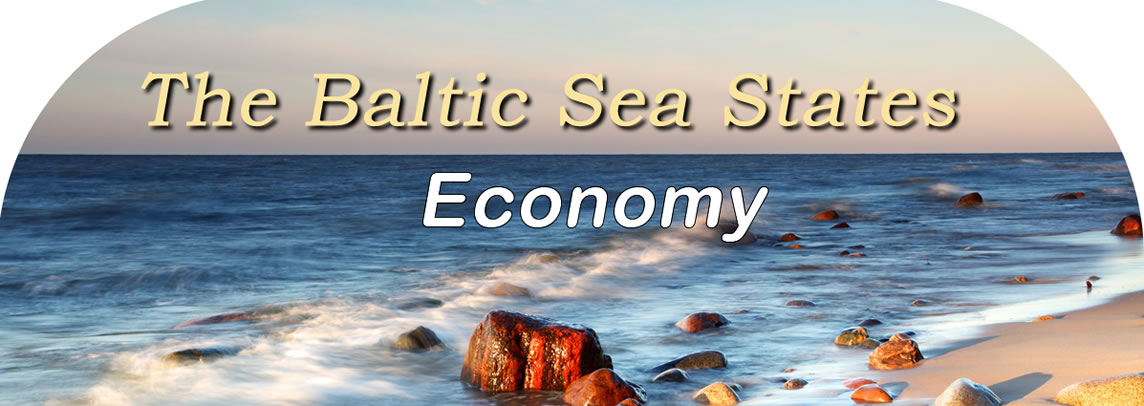
The Russian Economy
With the 8th largest economy
in the world by nominal GDP, Russia has experienced some economic
growth since the turn of the 21st century. However, the country has
experienced difficulties in the transition from a centrally planned
economy to a market economy. For about 60 years, Russia (then the
Soviet Union) operated as a centrally planned economy, directed by
the Communist Party. In a centrally planned economy the state makes
all of the economic decisions and controls what is produced as well
as the distribution of resources. The early 1990s saw the fall of
Communism and this marked Russia's transition to a market economy.
Russia has enormous natural resources—oil and gas in particular.
Oil, natural gas, timber, and metals account for 80% of the
country's exports. Earnings from the export of oil allowed Russia to
increase its foreign reserves from $12 billion to $597.3 billion
over a 9-year period starting in 1999.
Most of the Russian economic structure that existed during the
Communist years began under the leadership of Joseph Stalin. There
was a central planning system which allowed Soviet leaders to
quickly muster resources during times of crisis and to
re-industrialize the country after World War II. Russia made its
significant initial turns toward a market based economy in the early
1990s under the leadership of Boris Yeltsin. Economic restructuring
required the establishment of the commercial entities such as banks
and commercial legal codes, allowing the economy to operate
efficiently. An important aid in reaching transition goals was the
opening of domestic markets to foreign trade and investment, which
linked Russia's economy with the rest of the world. In 2011, Russia
joined the World Trade Organization, a move that allowed even
greater access to overseas markets.
Two of the main problems Russia continues to deal with in economic
development are:
•Modernization of infrastructure
•Uneven economic development geographically.
As far as the first, the Russian government has said that $1
trillion will be invested into the development of infrastructure by
2020. Russia has one of the lowest foreign debts among major
economies, mostly due to massive repayment of debts in 2006.

© Baltic21.org
2013, All Rights Reserved |

